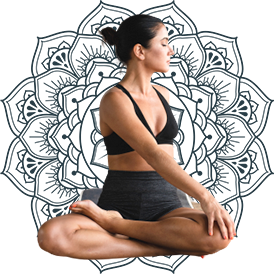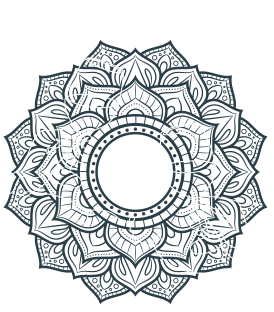Know your grapes! Chardonnay
It is almost that time of the year where we will raise our glasses for Chardonnay and appreciate the versatile and gorgeous styles of the wines made from this important grape variety in many different regions all around the world. Chardonnay is, globally, one of the most widely planted grape. And 23rd of May is celebrated as International Chardonnay Day.
There are many grape varieties, nicknamed as the queen or the king of the grapes. But for myself the real gem is Chardonnay. One of the reasons for this is, it offers such different styles depending on the climate, producer & winemaking techniques. It is amazing to see how one grape variety can wear so many different costumes.
There are different theories about the origins of Chardonnay. Some claim that its birthplace is Lebanon & Syria area, some says Croatia or Cyprus but where-ever the origins are from, it is gaining its reputation first from Burgundy Wine Region in France. Today, it is grown almost every wine region of our beautiful planet especially showing great examples in California, Australia, South Africa.
Chardonnay is not an aromatic variety. It is neutral and many of the flavour and aroma characteristics are coming from the terroir, climate and or winemaking techniques.
There are different styles made from this grape. Firstly, it is one the dominant grape varieties used to make Champagne in France and Franciacorta in Italy. If you see Blanc de Blanc on the label, this means it is made entirely from white grapes and most likely all from Chardonnay.
One of my favourite styles of Chardonnay is Chablis. Chablis is a small town located in northern part of Burgundy with a cool climate. Chardonnay is the main white variety here. Typicity comes from the unique Portlandian and Kimmeridgian soil types and the meticulous winemaking techniques. You can see the purity of the grape in this style clearly with a refreshing high acidity, lemon citrus, green apple, pear, and flinty, chalky mineral characteristics. During my experience in hospitality , I have met so many people who refuse to order chardonnay but while looking at the list seeing Chablis and saying “Ah I love Chablis , I will order that!” unfortunately still there is a lack of knowledge ; some people don’t like heavily oaked, pronounced chardonnays so automatically refusing chardonnay choices, and have a little shock when they find out that Chablis is entirely made from this unwanted grape.
If you travel to south from Chablis you will arrive to Heart of Burgundy where the climate changes towards moderate and the beautiful chardonnay starts to develop more stone fruit aromas and even places like Pouilly Fuisse tropical aroma development can be found. Burgundian style is richer, more pronounced aroma and flavours are present. Some winemaking adjustments such as Malolactic Conversion, Lees Ageing and Oak Ageing are common disciplines so all these add more complexity to the wines. Such big names like Meursault, Puligny-Montrachet, Chassagne-Montrachet offers more fuller body, nutty, creamy age worthy wines with excellent , lingering length.
California is another region that produces outstanding quality chardonnays.
With the increased temperatures, Chardonnay develops more tropical aromas here, ageing in American oak is common and the resulting wines are still carries noticeable acidity, with tropical fruit aromas and flavours and butterscotch, buttery, coconut, vanilla notes derived from oak ageing. Two of my favourite wines from this part of the world shows the distinctive differences of natural and human influences on winemaking.
Travelling around the world , you can find very good, outstanding Chardonnay almost in every region. Some producers like to follow more Burgundian style, some like to procuse more heavily oaked examples , some especially cooler climate regions offer more pure, Chablis-esque styles.
Of course, with hanging the grape longer on the vine which accumulates higher sugar levels and develops more tropical, dried fruit characteristics, some producers offer delicious dessert wines.
Whatever choice you will choose this 23rd of May, lets raise our glasses for this fertile and popular variety .
Enjoy your Chardonnay!!
Suggestions:
The Society’s 150th Anniversary Chablis Vieilles Vignes 2020
You can try this Old Vine Chablis; sourced from Wine Society. Great example of the Chablis with little bit more depth and drinking great now but happily can be aged in your cellar for another couple of years which will add more complexity of nuttiness and mushroom to the wine.
Bogle Chardonnay is more on the tropical aroma perspective and butterscotch, vanilla aromas add complexity but still a very well balanced acidity.
My most favourite food pairing for this wine is Veggie Burger made from Brioche Burger and strong flavoured aged cheddar.
Au Bon Climat on the other hand has more stony, flinty elements, hand in hand with stone fruit, citrus aromas which are enhanced with sweet spice aromas. Great acidity, a beautiful lingering finish, perfect on its own, with seafood, vegetable dishes. Try it with a plain fish garnished with caper, lemon , and brown butter sauce.




